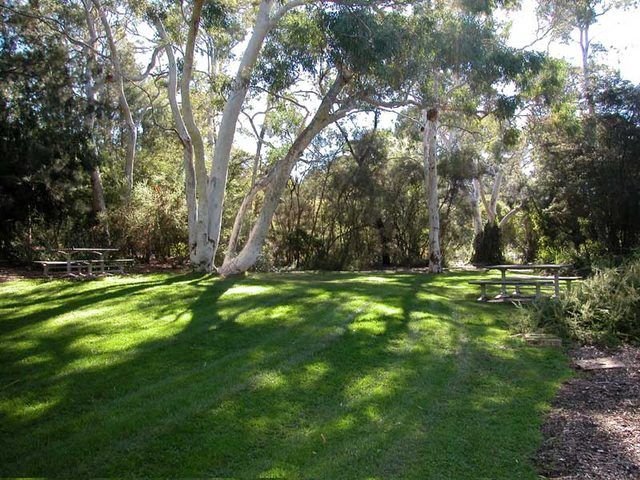Bulbs
Flower Basics
Flower Beds & Specialty Gardens
Flower Garden
Garden Furniture
Garden Gnomes
Garden Seeds
Garden Sheds
Garden Statues
Garden Tools & Supplies
Gardening Basics
Green & Organic
Groundcovers & Vines
Growing Annuals
Growing Basil
Growing Beans
Growing Berries
Growing Blueberries
Growing Cactus
Growing Corn
Growing Cotton
Growing Edibles
Growing Flowers
Growing Garlic
Growing Grapes
Growing Grass
Growing Herbs
Growing Jasmine
Growing Mint
Growing Mushrooms
Orchids
Growing Peanuts
Growing Perennials
Growing Plants
Growing Rosemary
Growing Roses
Growing Strawberries
Growing Sunflowers
Growing Thyme
Growing Tomatoes
Growing Tulips
Growing Vegetables
Herb Basics
Herb Garden
Indoor Growing
Landscaping Basics
Landscaping Patios
Landscaping Plants
Landscaping Shrubs
Landscaping Trees
Landscaping Walks & Pathways
Lawn Basics
Lawn Maintenance
Lawn Mowers
Lawn Ornaments
Lawn Planting
Lawn Tools
Outdoor Growing
Overall Landscape Planning
Pests, Weeds & Problems
Plant Basics
Rock Garden
Rose Garden
Shrubs
Soil
Specialty Gardens
Trees
Vegetable Garden
Yard Maintenance
How to Grow Grass in a Wooded Lot
How to Grow Grass in a Wooded Lot. Growing grass in a wooded lot is possible, but has its challenges. Grass likes sunshine, and there is little of that in wooded lots, where the tree canopy can capture all the sunshine and deflect the rainfall with the leaves and branches on the trees. Even gardening experts agree that it is difficult to grow grass...

Growing grass in a wooded lot is possible, but has its challenges. Grass likes sunshine, and there is little of that in wooded lots, where the tree canopy can capture all the sunshine and deflect the rainfall with the leaves and branches on the trees. Even gardening experts agree that it is difficult to grow grass under the shade of trees. You can have some luck if you use the right kind of grass seed.
Things You'll Need
Fescue grass seed
Rye or Kentucky blue grass seed
Rake
Water
Fertilizer
Mulch
Prepare the soil by raking all the forest debris, and breaking up the soil by tilling it with a power tiller or breaking it up with a shovel and spade.
Add soil amendment if your soil is poor. If it is a rich, loamy soil, chances are you won't need to amend it. If the grass you are trying to grow is in a grove of pine trees, you will have to add soil amendments to fight the acidity in the soil that pine needles create. Potash is a good way to counteract the acid soils found in pine forests. You can save fireplace or wood stove ashes for a good source of potash. You will have to apply the potash regularly.
Mix the fescue grass seeds with the Kentucky blue or rye. Your choice of grass seeds depends on your climate. In the hot, arid west, rye grows much better than Kentucky blue grass. Mix the fescue in a two-to-one ratio with the rye or blue grass seed.
Lightly cover with mulch, and water well. You will have to water the seeds several times a day for the first two or three days, and then at least once a day until the grass seeds emerge, which could take 10 days to two weeks.
Make sure as the grass grows that it gets supplemental watering if there are no hard rains. The trees and branches will soak up the water from a light shower, and freshly planted grass needs quite a lot of water to become established.
Tips & Warnings
Once your lawn is established, make sure you rake the leaves in the fall. Not getting a lot of sunshine is taxing for grass, and being smothered under heavy leaves makes it much harder to grow, even in the warming days of spring.
Experts state that growing lawn in shady areas is a challenge, and it's not uncommon for the grass to thin after a few years. You can reseed each season to avoid bare spots. Planting grass under pine trees is the most challenging for all gardeners. You might consider acid-loving plants like blueberries instead of grass, and enjoy luscious fruit, at the same time.